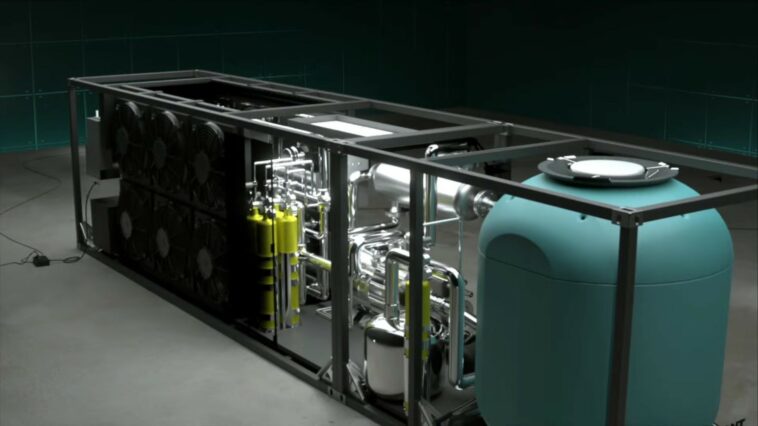A former SpaceX employee has made a very ambitious plan to provide a practical answer to humanity’s ever-increasing demand for power. Nuclear fission reactor generators are a little larger than a typical container. The power plant is deployable everywhere since it is inexpensive, transportable, and practical economically.
The CEO of Radiant Nuclear, the business that constructs the reactor, discussed his work in an interview with Interesting Engineering. The concept came from a project Doug Bernauer worked on as an engineer at SpaceX: providing electricity to a human settlement on Mars. Bernauer is the CEO of Radiant Nuclear.
The difficulty was in the fact that it needed to maintain the facilities that were on the ground and refuel spacecraft that could fly between Earth and Mars. Nuclear energy was suggested as a substitute for the Sun since it was insufficient.
On the other hand, we may employ that technology on our Planet till humans reach that point. Radiant Nuclear is on its path to creating the first transportable, emissions-free power source in the world thanks to $10 million in backing from Union Square Ventures. In five years, testing on the prototype may start.
The 1MW output of the Kaleidos reactor, which is seen in the video demonstration below, can provide 1,000 houses’ energy requirements for a maximum of eight years. The powerhouse is safer than the current water-cooled atomic generators thanks to advanced materials and engineering that are out of this planet.
The business wants to construct a helium compressor by 2022, which will operate as the “pump” that moves helium continuously into and out of the nuclear power plant and to other pieces of machinery.
In Mr. Bernauer’s words: “A shaft that is supported by two magnetic bearings propels the pump. It spins at more than 10,000 rpm and produces 75 kilowatts of electricity.” Helium is the ideal cooling agent for reactors because it has the special chemical feature of being unaffected by radiation and is an inert gas.
Source: AutoEvolution




